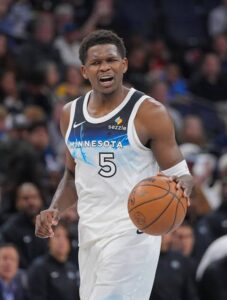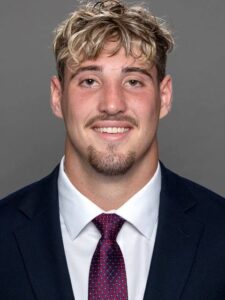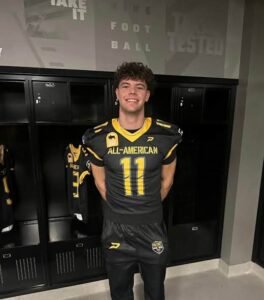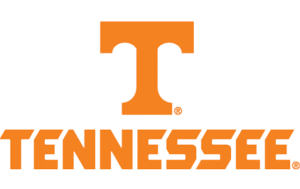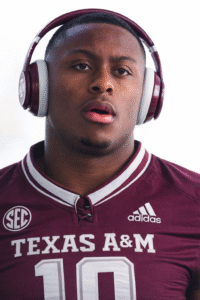Breaking News: Texas tech head coach has commit a player from BYU cougars…

In a long lab coat, hairnet, gloves and classic Crocs – all pristine white as the clean room itself – Joe Quirk meticulously prepared for this new year.
As the “CAD Guy” for Firefly Aerospace, a nod to his skills in computer-aided design, he had the opportunity to turn rough sketches of a lunar lander with four landing legs and two honeycomb panel decks into a feasible feat.

And Jan. 15, Joe watched what he helped create from an entirely different view when the Blue Ghost lunar lander launched onboard a SpaceX Falcon 9 rocket from NASA’s Kennedy Space Center at Cape Canaveral en route to the moon. The unmanned spacecraft will attempt to land on the moon’s surface with precious cargo – 10 science and technology instruments that will carry out operations on behalf of NASA for a complete lunar day (equal to about 14 Earth days).
Blue Ghost
Blue Ghost
“There’s actually a camera pointed back, looking across the top of the lander,” Joe explained. “Depending on where the lander is pointed, we’ll be able to see views of the Earth with the lander in the foreground. To see a picture of something I designed, built and installed looking back at the Earth, will be really, really wild.”

This out-of-world experience is one Joe never would have expected as a high schooler in Bolton, Massachusetts, who created a robotics program and (ironically) designed a robot that could play on a simulated lunar field. Nor as a mechanical engineering undergraduate at Texas Tech University from 2010 to 2014, helping his solid mechanics professor design a microrobot that could climb walls using microstructural biometric fibrillar adhesives that mimicked a gecko’s suction pads.
What he knew even back then – what attracted him to his out-of-state college in the first place – is he wanted to get his hands dirty and use engineering skills to make a difference.

“When you’re doing actual engineering and hardware projects, it really teaches you how to do problem-solving and troubleshooting and is the best way to gain practical engineering experience,” he recalled. “That got me hooked. I thought, ‘OK, yeah. This is what I want to do – build things.’”
